This is why users often do not want to pay for applications
" Why are so many people willing to spend $ 4 to buy a bag of chips or drink a cup of StarBucks but always refuse to spend $ 1 on the phone app? " - Quora asked. - a Q&A service website ( Q&A ) created, answered and edited by the user community.
Reply by Balaji Viswanathan , PM at Black Duck Software, on Quora.
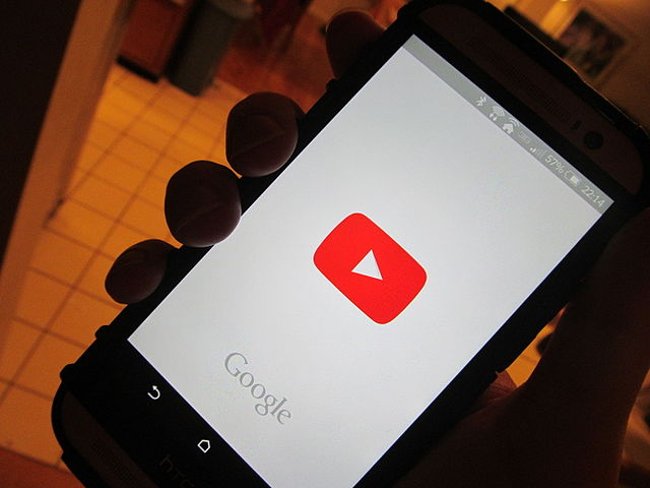
First, we need to briefly explore the important psychological phenomenon called: anchor effect ( anchoring ). The anchor effect can be understood simply as a factor that makes us decide on a certain issue ( in particular, a purchase ) based on the flow of information that appears first and the word as a milestone for comparison. and compare. We often have implicit expectations about what to pay ( affected by the environment ) and compare prices with anchors.
An example of software, when there are many products, can bring the product with the highest price to the top. Users will be " anchored " at the highest priced software. As they continue to look at similar applications, they will compare with the first product and reduce demand based on it, from which the application they buy will be closer. Conversely, if you put free apps on top, users will also reduce demand around free packages and of course they will buy cheaper apps.

Contrary to what some people have mentioned, the difference is not tangible. People pay a huge sum of money to buy software and that's why software companies are so " big " and profitable. If people do not spend too much money buying invisible goods then Microsoft, Intuit, Oracle and Adobe will not work. The difference is the anchor effect.
Therefore, the determining factor of a product line is the anchor effect of the user. In fact, there are a lot of extremely successful anchor effect application software companies such as Microsoft, Adobe . This is why we do not hesitate to pay $ 200- is for desktop software such as Microsoft Office office suite or Adobe's Photoshop image editing suite, but we will definitely scream if an iPhone / Android application requires $ 200 , regardless of how good the application is.
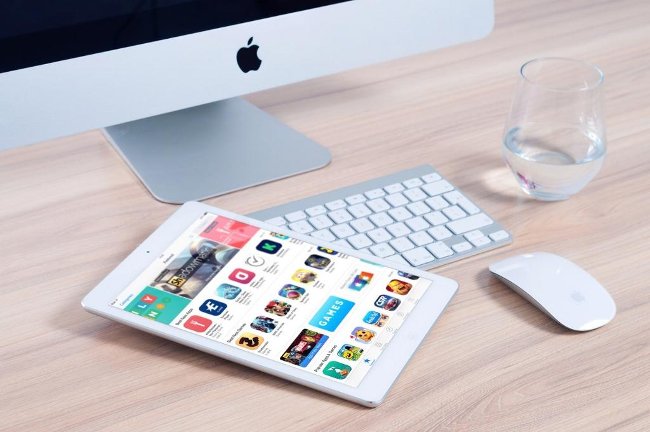
That's because giants have taken advantage of their monopoly strengths. At the time of launch, is there a good writing application and many functions like Microsoft Word? At the moment, is there any photo editing software that is as good as Adobe's Photoshop? It is these monopoly strengths that create a very heavy " anchor " and sink deep into the minds of consumers.
They argue that the new applications deserve a price of $ 200-500 ( although they may never know all the advantages and disadvantages of the application ) - the standard for quality computer software. . 25 years ago people paid so much money ( at that time, good hardware cost thousands of dollars ). In particular, Bill Gates has helped people to know that way through an exclusive strength organization in the application market. Applications on the cloud and mobile apps have appeared at a time when people think commodity information should be free and so they have a fixed price of $ 0.
So why can't application developers change the " anchor "? Because no one in the computer software industry has the exclusive control like Bill Gates, a monopoly strength capable of placing anchor prices. It is the monopoly strength that makes it possible to decide on the price of anchor products.
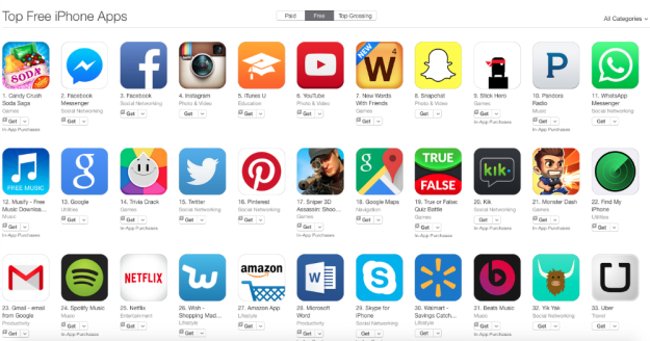
The price of mobile software is not high due to the extremely fierce competition in the mobile application market. Try to imagine, you will only have about 2-3 brands of computer chips to choose from ( Intel, AMD . ), about 10 office applications . but there are from a few dozen to thousands of applications Mobile phones belong to the same category. Therefore, competitiveness is extremely high and leads to very low price of mobile software floor prices, even for free.
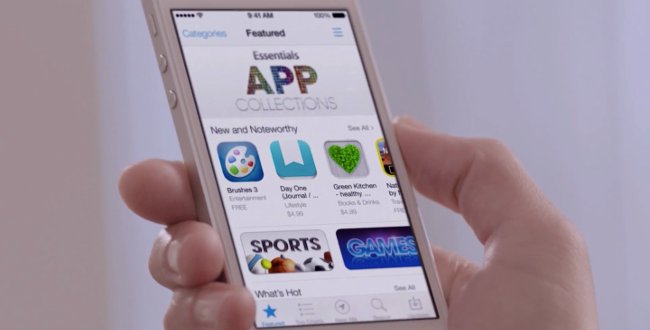
The application market makes any of us hard to form " monopoly " and have the right to set prices. In addition, the price anchor in the mobile application ecosystem is also greatly affected by the " price fixing " of two giants Apple and Google. Charged Apple iTunes apps start at $ 0.99, from which almost all software revolves around this number. Meanwhile, Google Play Store started with free apps and results as well, free software is the most important and abundant component on today's Android app market.
The above is one of the most objective explanations about the current state of the mobile application ecosystem. Unfortunately, there is not yet a developer who has an application good enough to make the same monopoly as Microsoft or Adobe has done.
You should read it
- The best Android apps
- Why was the app removed from the Google Play Store?
- How to view the list of top-paid and free apps in the App Store
- Google is determined to prevent bad apps before they reach users on the Play Store
- Steps to remove installed apps from Store on Windows 10
- How to identify and avoid fake Android apps in Play Store
- 8 apps cost VND 550,000 being free for iOS
- Google removed Chrome Apps from Chrome Web Store, prepared to say goodbye
May be interested
- Stop installing these applications and programs on Windows 10
 have you ever thought about applications that are already installed on your computer? we're not talking about applications like microsoft word or adobe photoshop, which have millions of users and are completely safe to use. here we refer to third-party applications, when performing useful tasks.
have you ever thought about applications that are already installed on your computer? we're not talking about applications like microsoft word or adobe photoshop, which have millions of users and are completely safe to use. here we refer to third-party applications, when performing useful tasks. - iOS 12 allows users to completely delete preinstalled applications on iPhone
 with ios 12 just released, apple has allowed users to completely remove some applications preinstalled on iphone or ipad.
with ios 12 just released, apple has allowed users to completely remove some applications preinstalled on iphone or ipad. - 5 unique apps that Android TV users should install today
 as android tv continues its never-ending attack on every family's living room, users are increasingly looking for applications not available on the smartphone version of the operating system, or at least applications. more useful applications on the big screen.
as android tv continues its never-ending attack on every family's living room, users are increasingly looking for applications not available on the smartphone version of the operating system, or at least applications. more useful applications on the big screen. - 7 utility applications should install for Windows
 7 useful and compact applications suitable for windows installation.
7 useful and compact applications suitable for windows installation. - 15 useful computer screen capture applications
 at its simplest, users can use print screen and windows paint. however, the applications below will meet even higher needs of users.
at its simplest, users can use print screen and windows paint. however, the applications below will meet even higher needs of users. - 16 useful computer screen capture applications
 at its simplest, users can use print screen and windows paint. however, the applications below will meet even higher needs of users.
at its simplest, users can use print screen and windows paint. however, the applications below will meet even higher needs of users. - 28 harmful applications that need to be immediately removed from your smartphone
 security experts have recently discovered 28 applications containing malicious code that have been installed on the smartphones of millions of users. if you have one of these applications installed, immediately remove it from your device.
security experts have recently discovered 28 applications containing malicious code that have been installed on the smartphones of millions of users. if you have one of these applications installed, immediately remove it from your device. - 4 Linux automation applications to streamline tasks
 the following 4 automation applications allow users to focus on more important things, instead of tedious tasks. these tools help users save time and effort to make other things more meaningful.
the following 4 automation applications allow users to focus on more important things, instead of tedious tasks. these tools help users save time and effort to make other things more meaningful. - Virus 'penalizes' users of pirated applications on smartphones
 walkinwat is the first dangerous software on mobile phones launched with the purpose of teaching users not to download unauthorized files.
walkinwat is the first dangerous software on mobile phones launched with the purpose of teaching users not to download unauthorized files. - List of 203 money-stealing applications that iPhone and Android users should urgently delete
 below is a list of 203 malicious applications on android and ios platforms that have the ability to collect personal information, steal bank accounts and take control of users' devices.
below is a list of 203 malicious applications on android and ios platforms that have the ability to collect personal information, steal bank accounts and take control of users' devices.






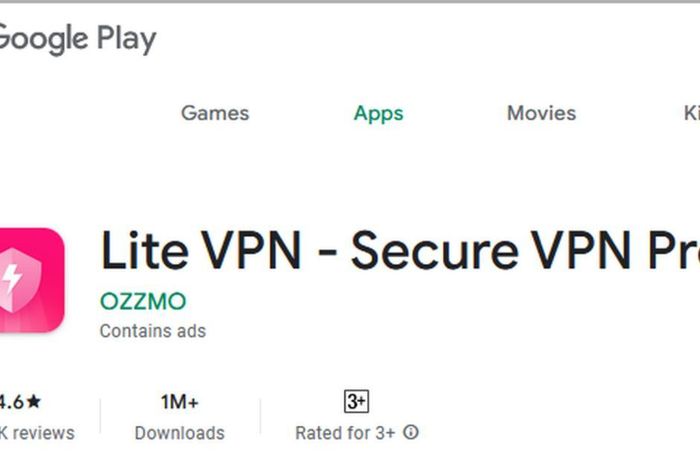



 Elon Musk: 'Tesla doesn't name the iPhone and because I'm a fool'
Elon Musk: 'Tesla doesn't name the iPhone and because I'm a fool' Mobile phone screens will be able to recover when cracked or scratched in the next few years
Mobile phone screens will be able to recover when cracked or scratched in the next few years You can save live video on Instagram to mobile device
You can save live video on Instagram to mobile device Google recently revived a 'dead' feature since 2009
Google recently revived a 'dead' feature since 2009 Facebook is about to allow users to express their feelings and tag friends while chatting on Messenger apps
Facebook is about to allow users to express their feelings and tag friends while chatting on Messenger apps Youtube is now able to display subtitles of sound effects
Youtube is now able to display subtitles of sound effects